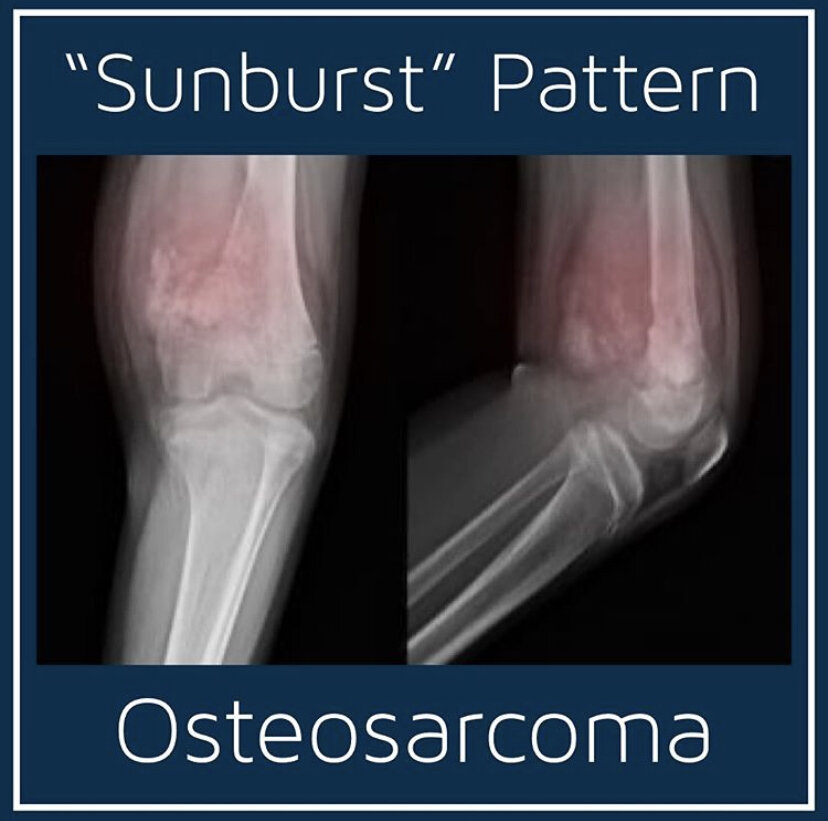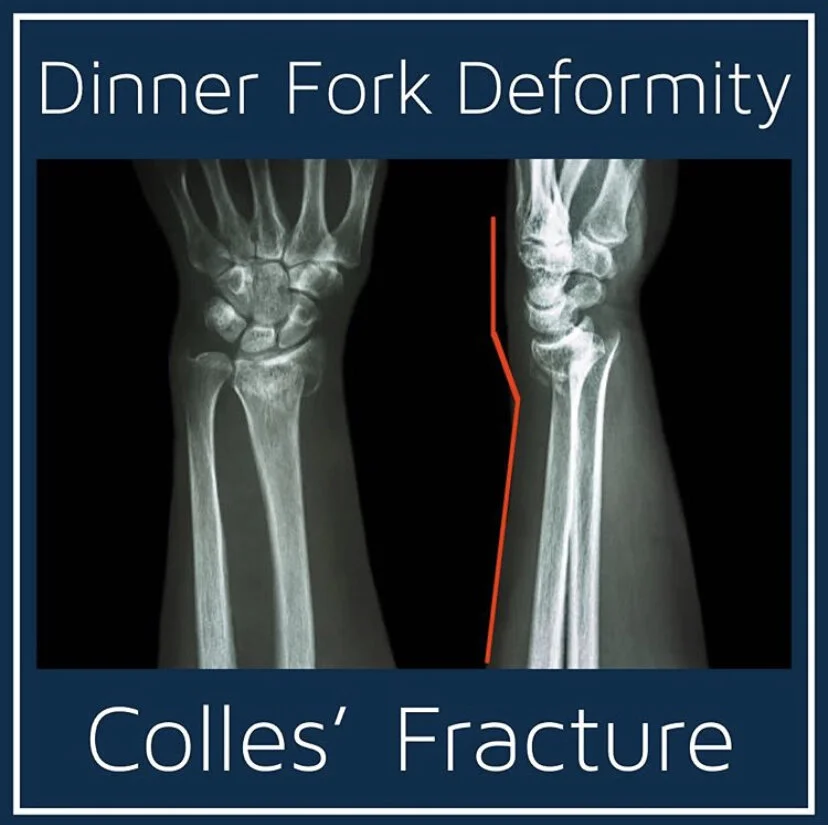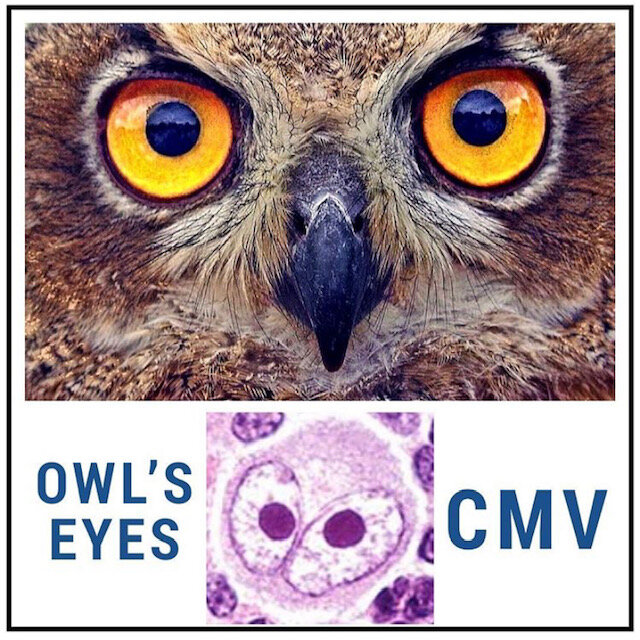10 Buzzwords To Know for Medical Tests and Board Exams #3
Save Time with a Video!
Save time by watching the video first, then supplement it with the lecture below!
Click below to view the EZmed video library. Subscribe to stay in the loop!
USMLE Buzzwords
Buzzwords and phrases are useful to know on medical exams as they can help you quickly determine what the examiner is testing you on.
They are words or phrases found in question stems that correlate with a particular diagnosis, medication, or any other topic.
Question stems are often lengthy which can cause stress during a timed exam.
Spotting a buzzword can help you quickly associate the context of the question with the topic being tested.
It is helpful to keep a list of buzzwords. You can then read through them once a day as you are preparing for an exam, or if you simply want to remember them for practical use.
Below are 10 commonly tested buzzwords or phrases seen on medical exams that you should know.
Check out other EZmed Buzzword Posts below!
1. Steeple Sign = Croup
If a question stem gives you an X-ray similar to above or describes a “steeple sign” on imaging, then croup should be considered.
Croup: Also know as laryngotracheitis or laryngotracheobronchitis as it involves inflammation/infection of these locations.
Epidemiology: Commonly occurs in 6mo - 3years of age.
Causes: Parainfluenza is the most common cause and is frequently tested. Influenza and RSV can also be culprits of croup.
Symptoms: Upper respiratory symptoms for a couple days including cough, nasal congestion, sore throat. Then “barking cough” (another common buzzword used) develops. This can progress to stridor, shortness of breath, and increased work of breathing.
Diagnosis: Usually clinical. But an X-ray of the neck may show a “steeple sign” as demonstrated above.
Treatment: Steroids, racemic epinephrine especially if there is stridor at rest, and supportive care.
2. Auer Rods = AML
Auer rods = needle-like cytoplasmic inclusion bodies in myeloblasts.
If seen in an image or mentioned in a question stem on exams, the examiner is testing you on AML - acute myeloid leukemia.
AML = cancer of the myeloid cell line; clonal proliferation of myeloblasts.
Myeloblasts are the precursors to granulocytes and monocytes.
Epidemiology: Most common acute leukemia in adults. 65 year old median age of diagnosis. Males > Females.
Symptoms: largely from cancer cells replacing normal cells.
1️⃣ Decreased WBCs or leukopenia - infections
2️⃣ Decreased RBCs or anemia - weakness, shortness of breath, fatigue
3️⃣ Decreased platelets or thrombocytopenia - gingival bleeding, easy bruising, epistaxis
Diagnosis: Peripheral blood smear or bone marrow showing increased myeloblasts (>20% in periphery) with Auer rods.
Therefore, question stem will usually have a 65 year old male presenting with fatigue, shortness of breath, possible easy bruising/bleeding, and possible infection. Blood or bone marrow results will show Auer rods.
3. “Sunburst” Pattern = Osteosarcoma
“Sunburst” pattern is a buzzword that commonly shows up on medical exams for osteosarcoma.
Osteosarcoma: malignant bone tumor in which there is proliferation of osteoblasts.
Epidemiology: It is the most common primary pediatric bone tumor. Distribution is bimodal affecting those in early adolescence as well as those over 65.
Location: Osteosarcoma usually involves the long bones of the extremities with the femur being most common.
Clinical Features: Pain (especially with activity), palpable mass may be present, lymphadenoapthy, decreased range of motion.
Diagnosis: X-ray may show “sunburst” pattern. There may also be elevated alkaline phosphatase, LDH, and ESR levels. MRI and biopsy are definitive in diagnosing.
Management Options: Pain control, surgical resection or amputation if needed, chemotherapy, MAP therapy (methotrexate, cisplatin, doxorubicin, etc), and radiation - although can be resistant to this.
4. Meds Ending in “Pril” = ACE Inhibitors
The easy way to remember ACE inhibitors on exams is they generally end in “pril”.
ACE inhibitors act in the renin angiotensin aldosterone system to block angiotensin converting enzyme (ACE) from converting angiotensin I into angiotensin II.
Angiotensin II = increases blood pressure through vasoconstriction, aldosterone release, vasopressin/ADH release, and sodium/water reabsorption from the kidneys.
Common uses: Hypertension, chronic kidney disease, congestive heart failure
Complications that are tested on exams: Angioedema, hypotension, cough
5. Dinner Fork Deformity = Colles’ Fracture
You might see a “dinner fork deformity” on imaging or used to describe an injury in a question stem.
If you see this type of injury, you should consider a Colles’ fracture.
Colles’ Fracture: A distal radial fracture that is dorsally displaced and angulated.
Cause: Usually occurs form a FOOSH - fall onto outstretched hand.
Clinical Features: “Dinner Fork” deformity.
Physical Examination:
Inspect extent of injury
Assess if fracture is open or closed
Inspect degree of edema and if there are any signs of compartment syndrome
Assess neurovascular status of upper extremity including sensorimotor components of radial nerve, ulnar nerve, and median nerve, as well inspecting brachial pulse, radial pulse, and capillary refill
Assess for other signs of trauma elsewhere
Diagnosis: X-ray forearm/wrist (as well as other areas of concern)
Management:
Anti-inflammatories/pain control, ice, elevation
Stable fracture - Closed reduction with sugar tong splint immobilization, ortho referral
Unstable fracture, open fracture, concerns for compartment syndrome, or neurovascular compromise - consider urgently/emergently discussing the appropriate management with ortho - may require operative management
Open fracture - IV antibiotics
6. Owl’s Eyes = CMV
Owl eye appearance of inclusion bodies on histology is highly specific for cytomegalovirus (CMV).
If you ever have a question stem on medical exams mentioning an owl eye appearance on histology, then you should be thinking CMV (or Hodgkin’s lymphoma mentioned below).
Owl eye appearance from nucleoli is a finding in Reed-Sternberg cells in individuals with Hodgkin’s lymphoma.
CMV can cause mononucleosis.
It is also one of the TORCH infections that can cause congenital issues if a mother contracts it while pregnant.
7. Sail Sign = Elbow Effusion
A sail sign on an elbow x-ray is associated with what type of underlying injury?
The presence of a sail sign is due to upward displacement of the anterior fat pad that is normally concealed within the coronoid fossa.
When there is an elbow joint effusion present, the anterior fat pad becomes elevated creating the sail sign.
If you see this sign on exams or clinically, it is usually indicative of an underlying elbow fracture.
In adults, this is typically from a radial head fracture. In pediatric patients, this is typically a result of a supracondylar fracture.
8. Jones Criteria = Rheumatic Fever
Use this simple JONES mnemonic to remember the Major Jones Criteria for diagnosing acute rheumatic fever.
Rheumatic Fever: Inflammatory disease that develops about 2-6 weeks after a streptococcal infection involving the joints, heart, skin, and brain
Symptoms: Fever, polyarthralgia, rash, and involuntary muscle movements
Rheumatic Heart Disease: Acute rheumatic fever can affect the heart causing myocarditis, pericarditis, valve damage, heart failure, endocarditis, or arrhythmias
Mechanism: Thought to be due to production of autoimmune antibodies after a strep infection
Diagnosis: Jones Criteria
Use the mnemonic JONES to remember the major criteria
J = Joints - polyarthritis
❤️ = Heart - carditis, pericarditis, CHF, new murmur
N = Nodules - painful subcutaneous nodules
E = Erythema marginatum - non-pruritic rash of trunk/extremities
S = Sydenham chorea - abrupt, involuntary movements
Minor Criteria: Fever, arthralgia, elevated ESR/CRP, proceeding strep infection
Treatment: Treat the original strep infection to prevent rheumatic fever. Otherwise rheumatic fever is treated using penicillin, high-dose aspirin for arthritis, and possible benefits to steroids especially for carditis
9. Bamboo Spine = Ankylosing Spondylitis
What genetic marker/antigen is usually elevated in ankylosing spondylitis?
Bamboo spine on X-ray in a question stem is a buzzword for ankylosing spondylitis.
Ankylosing spondylitis: chronic inflammatory condition involving the spine/vertebrae and large joints. It is more common in men and seen in early adulthood.
Symptoms: back pain, joint pain.
High yield - anterior uveitis is a common extra-articular manifestation
Question stem: usually a male patient in their 20s or 30s with back pain, joint pain, and symptoms of uveitis. Bamboo spine on x-ray.
Most people who have ankylosing spondylitis express the HLA-B27 gene.
Treatment: supportive care, NSAIDs, sulfasalazine or other rheumatologic agents
10. Beck’s Triad = Cardiac Tamponade
Beck’s triad will often be used to describe cardiac tamponade in a question stem.
The patient’s vital signs may include hypotension, and physical exam may include muffled or distant heart sounds and jugular venous distension.
Triad:
1️⃣ Muffled heart sounds
2️⃣ Jugular venous distension
3️⃣ Hypotension
May also see pulsus paradoxus = >10mmHg change in systolic BP on inspiration
Cardiac tamponade: fluid around the heart causing increased pressure around the heart -> decreased RV filling -> decreased cardiac output. This can lead to a type of shock known as obstructive shock.
Diagnosis: Echocardiogram
EKG may show electrical alternans
Treatment: Pericardiocentesis
Conclusion
Buzzwords and phrases can help you quickly associate the context of a question with the topic being tested..
Furthermore, question stems are often lengthy and spotting buzzwords can save you a lot of time on exams.
Creating a list of these and reading them every day can help you continually prepare for exams.
Steeple Sign = Croup
Auer Rods = AML
“Sunburst” Pattern = Osteosarcoma
Medication ending in “Pril” = ACE Inhibitors
Dinner Fork Deformity = Colles’ Fracture
Owl’s Eyes = CMV
Sail Sign = Elbow Effusion
Jones Criteria = Rheumatic Fever
Bamboo Spine = Ankylosing Spondylitis
Beck’s Triad = Cardiac Tamponade
Check out other Buzzword Posts below!









